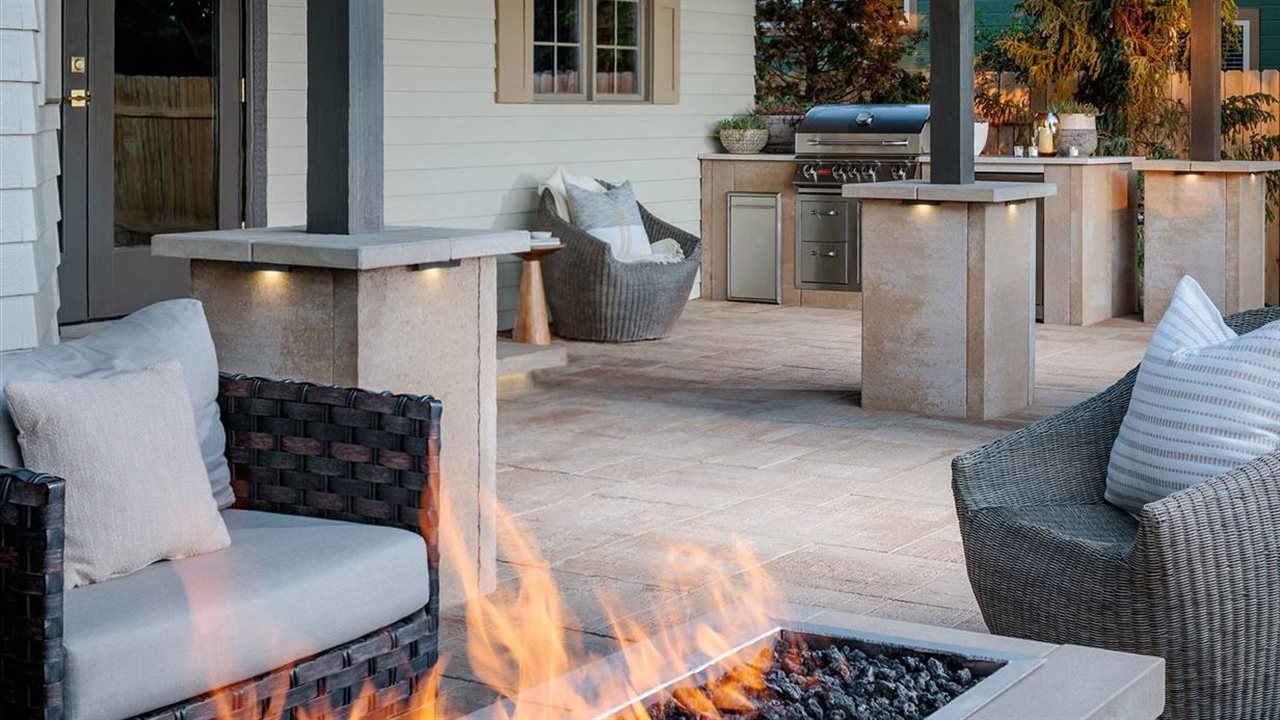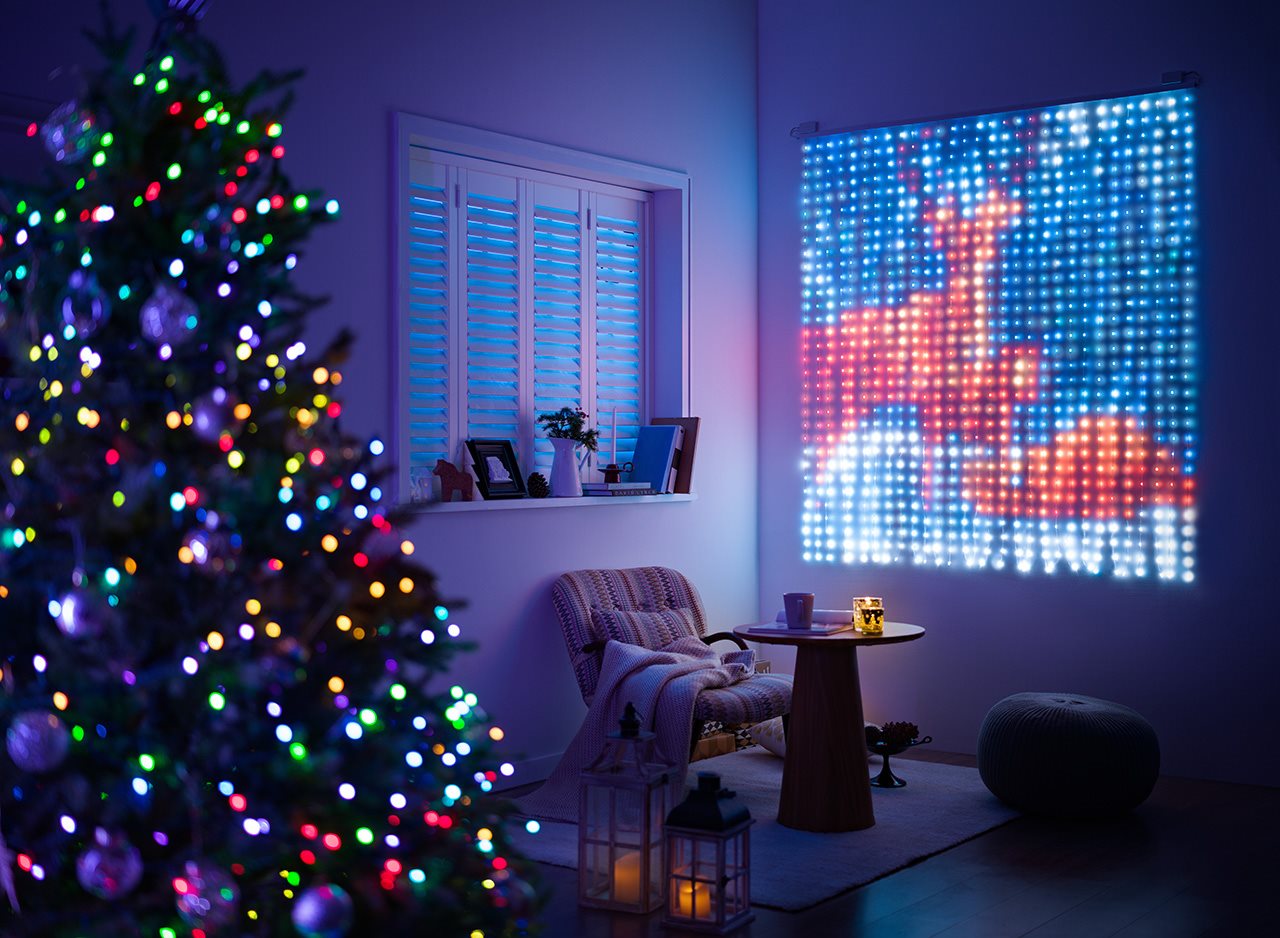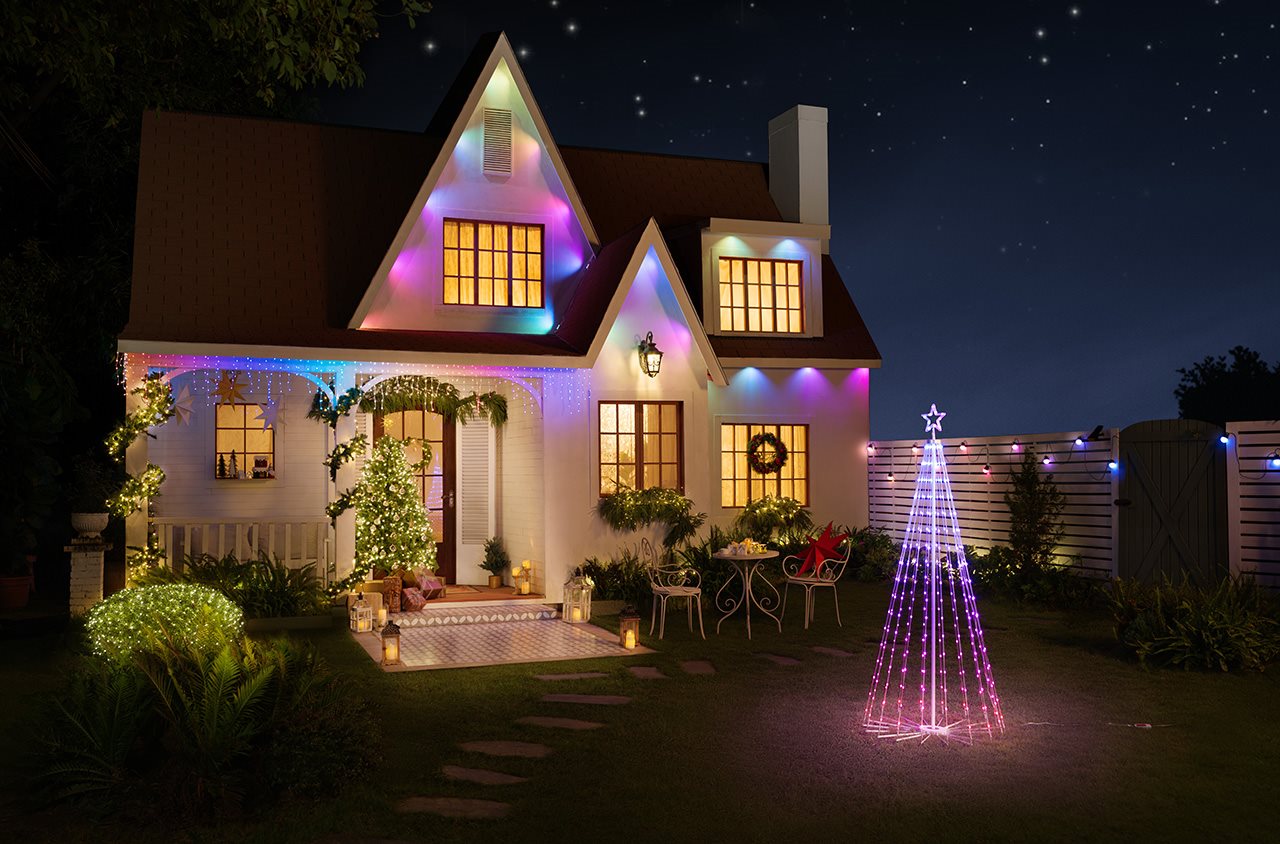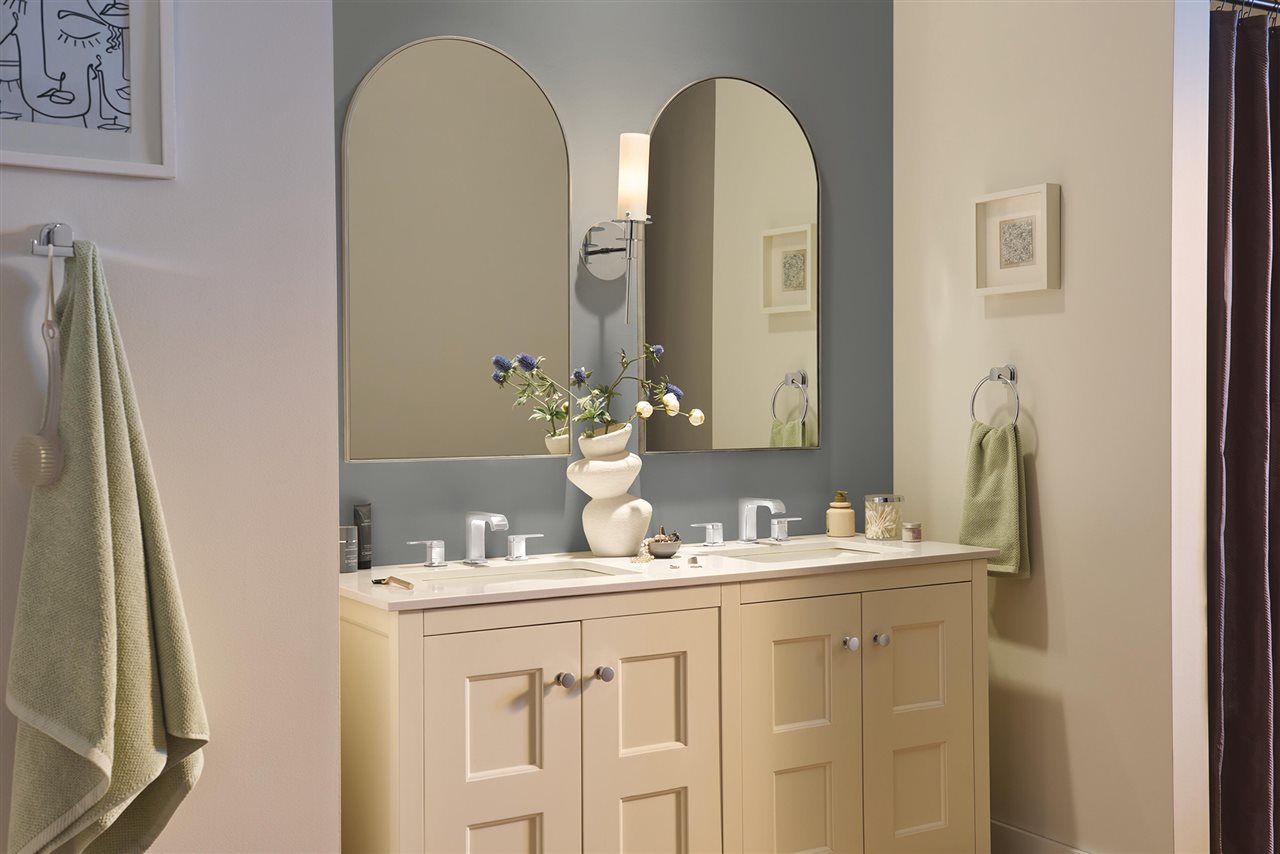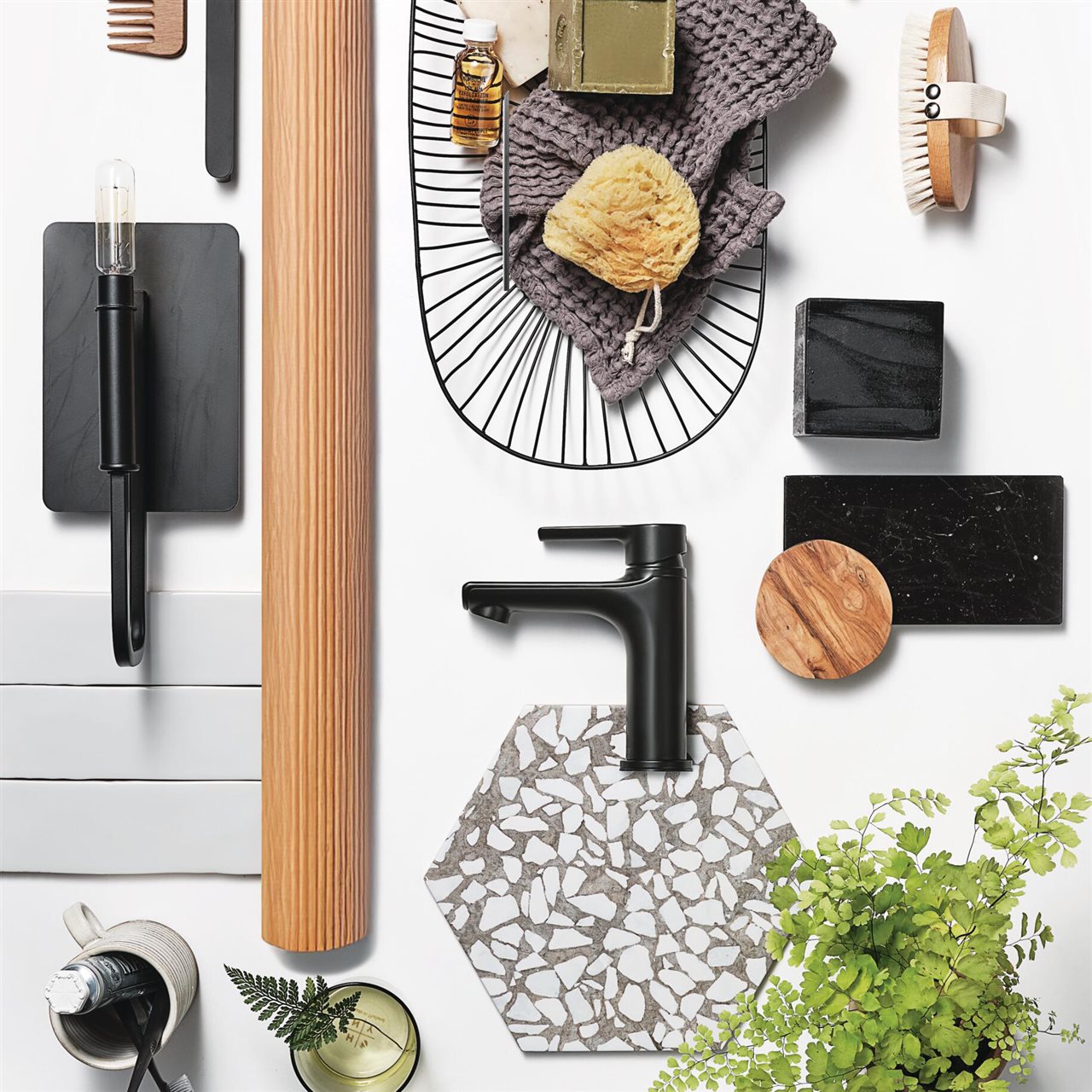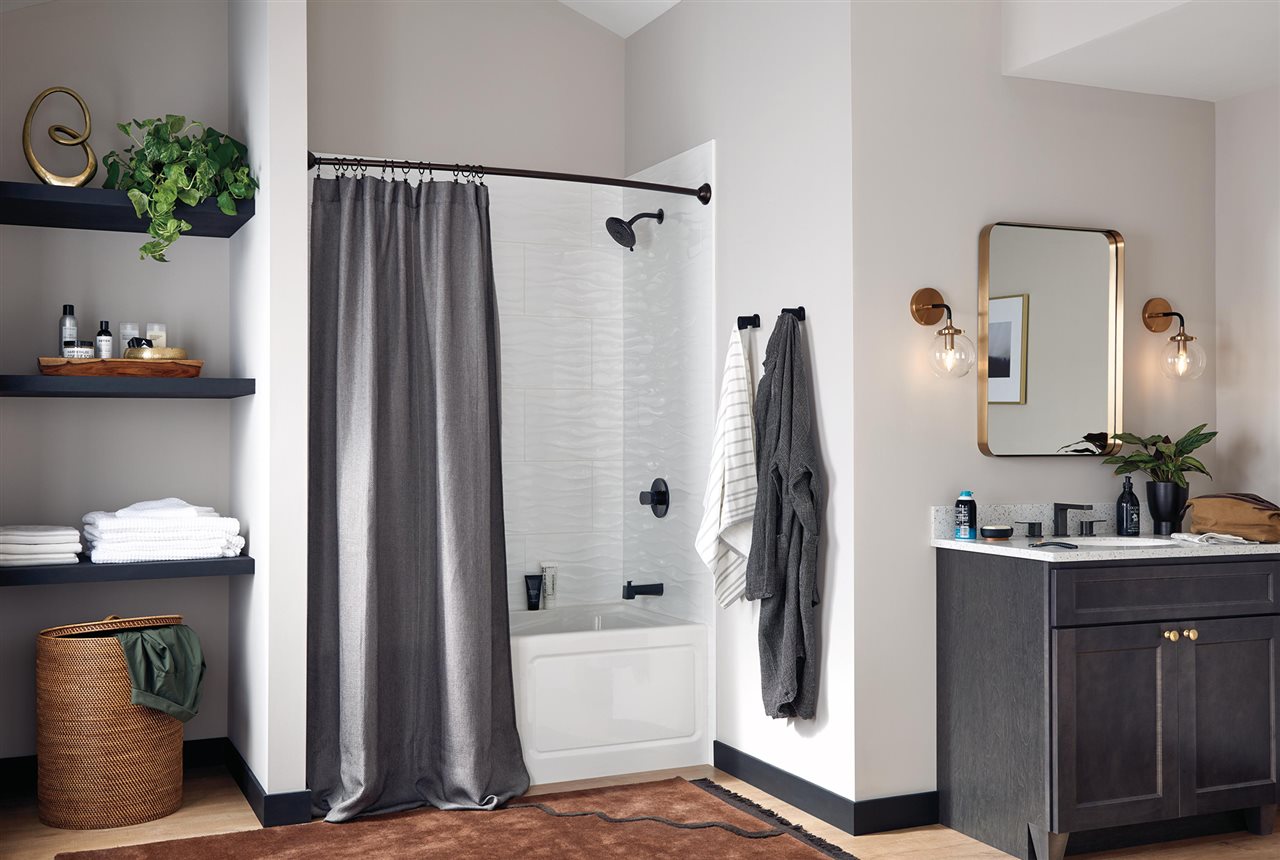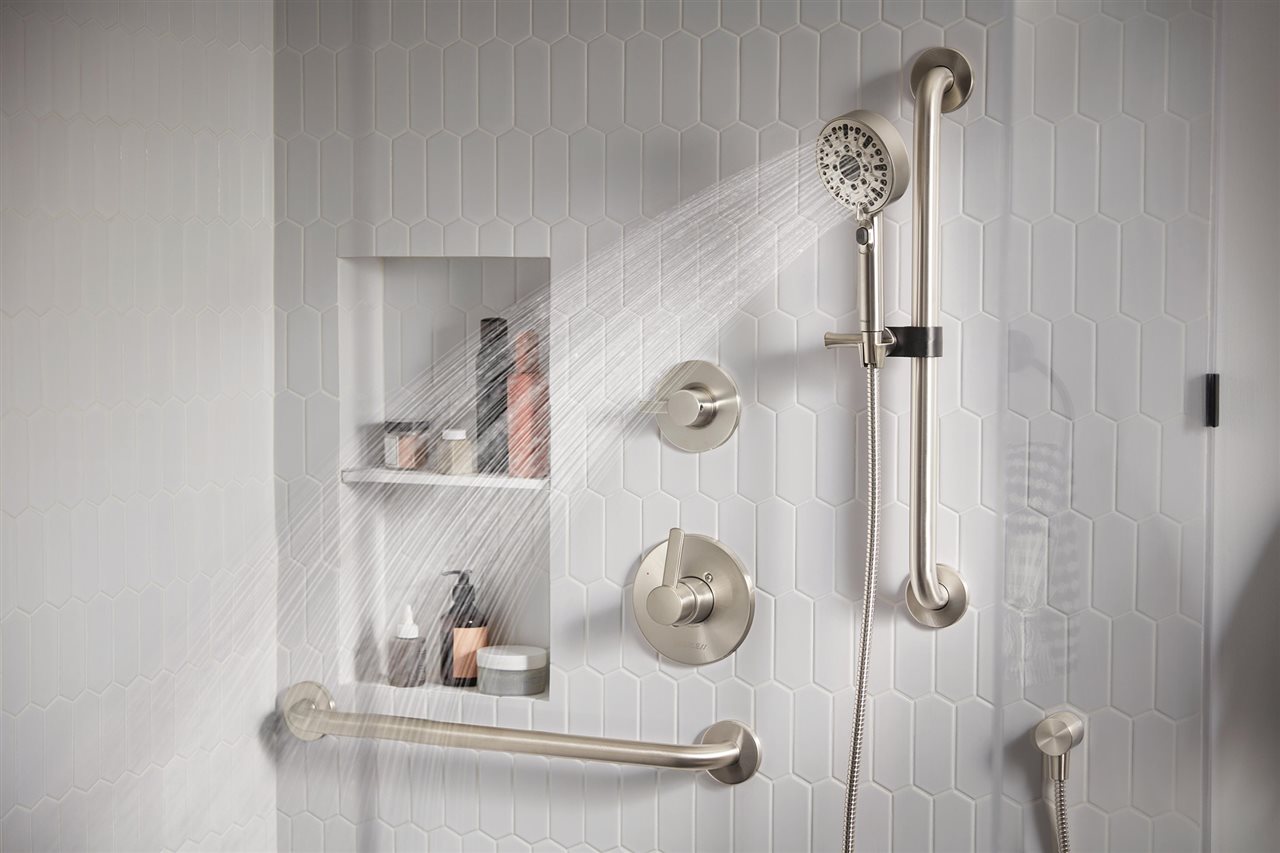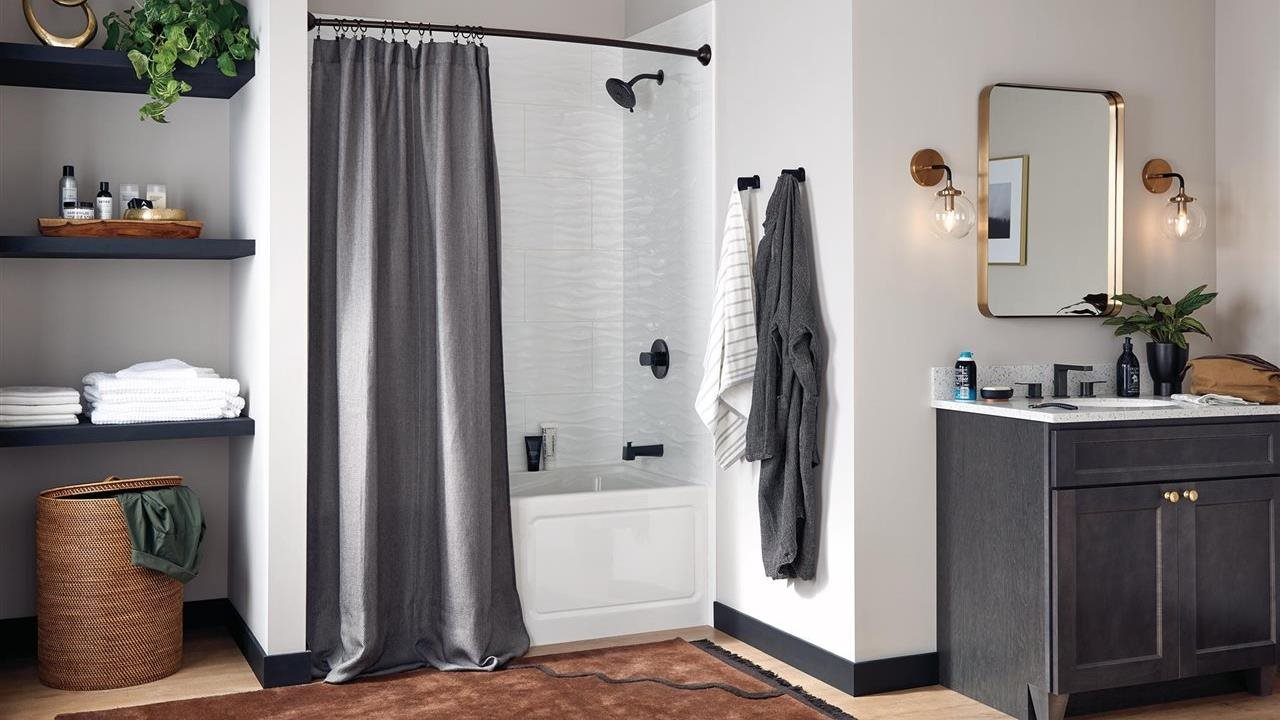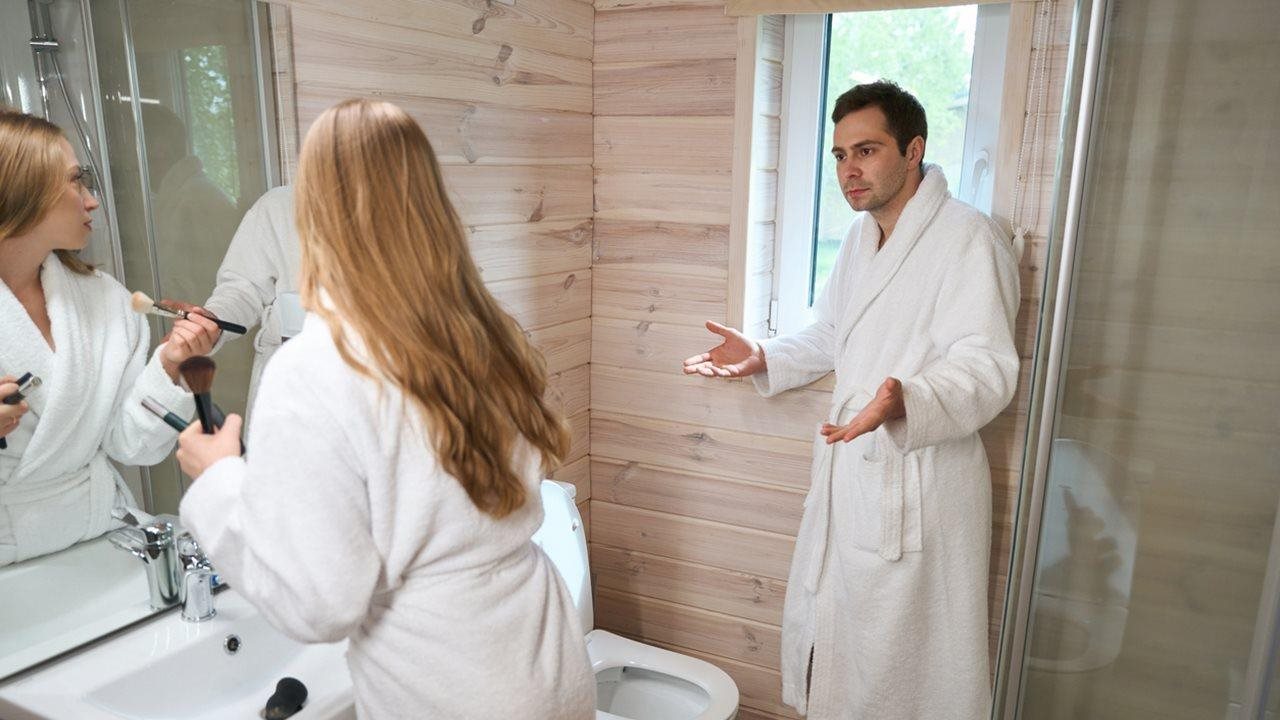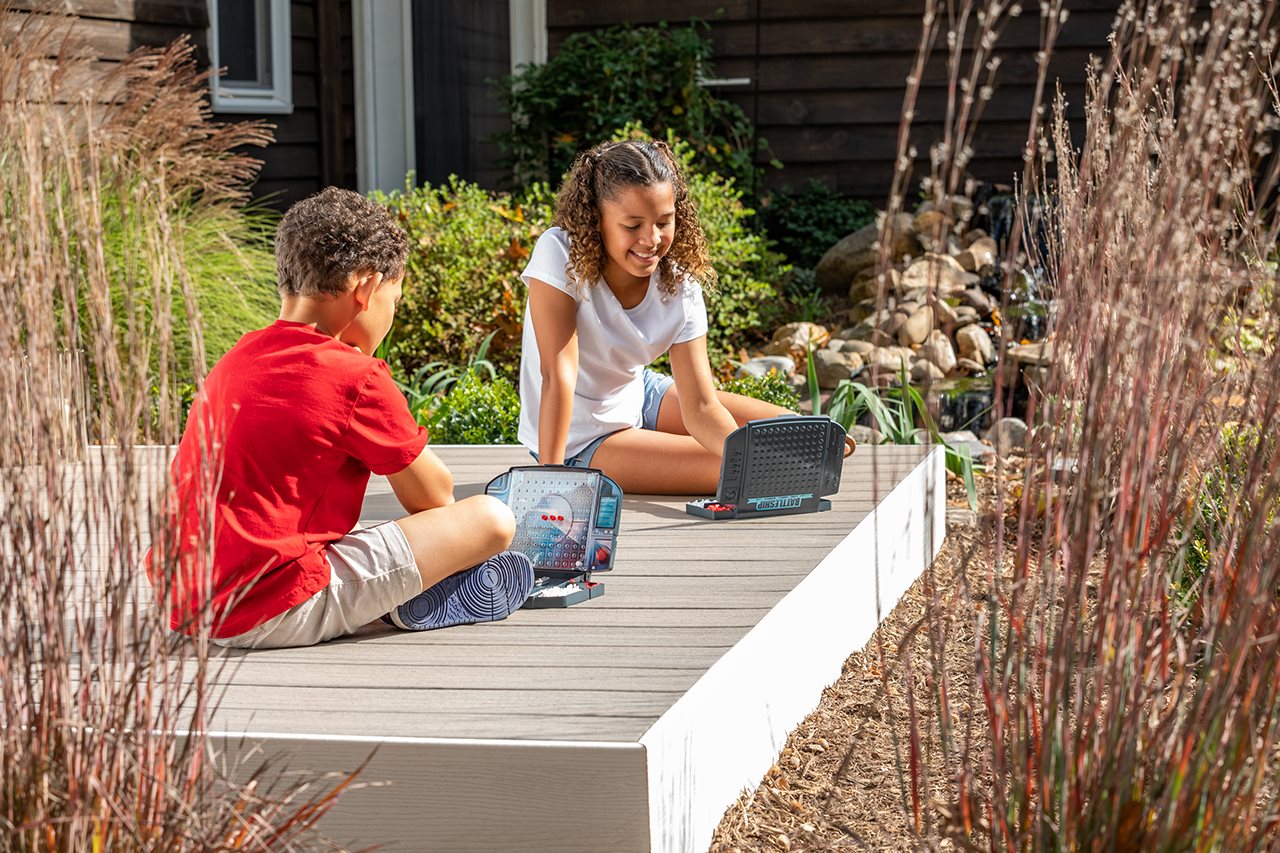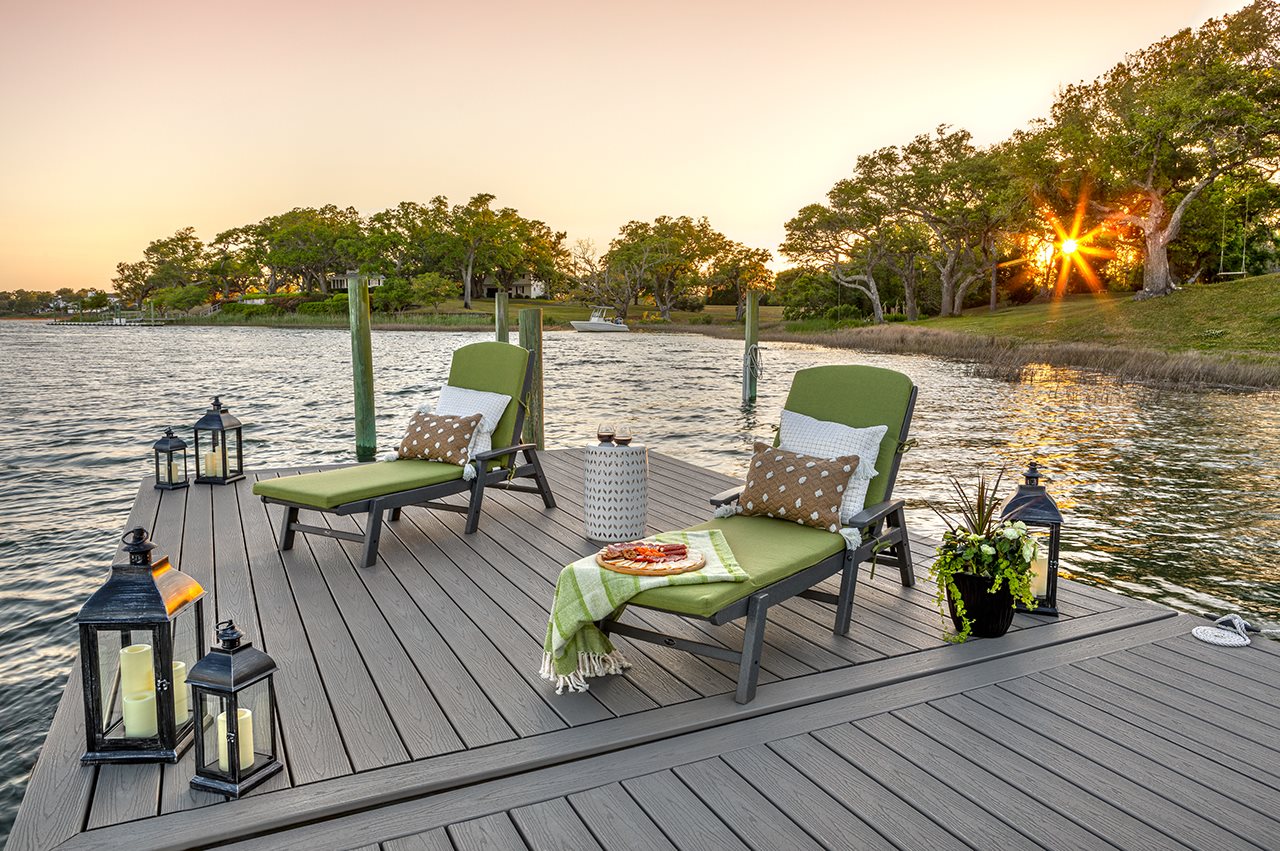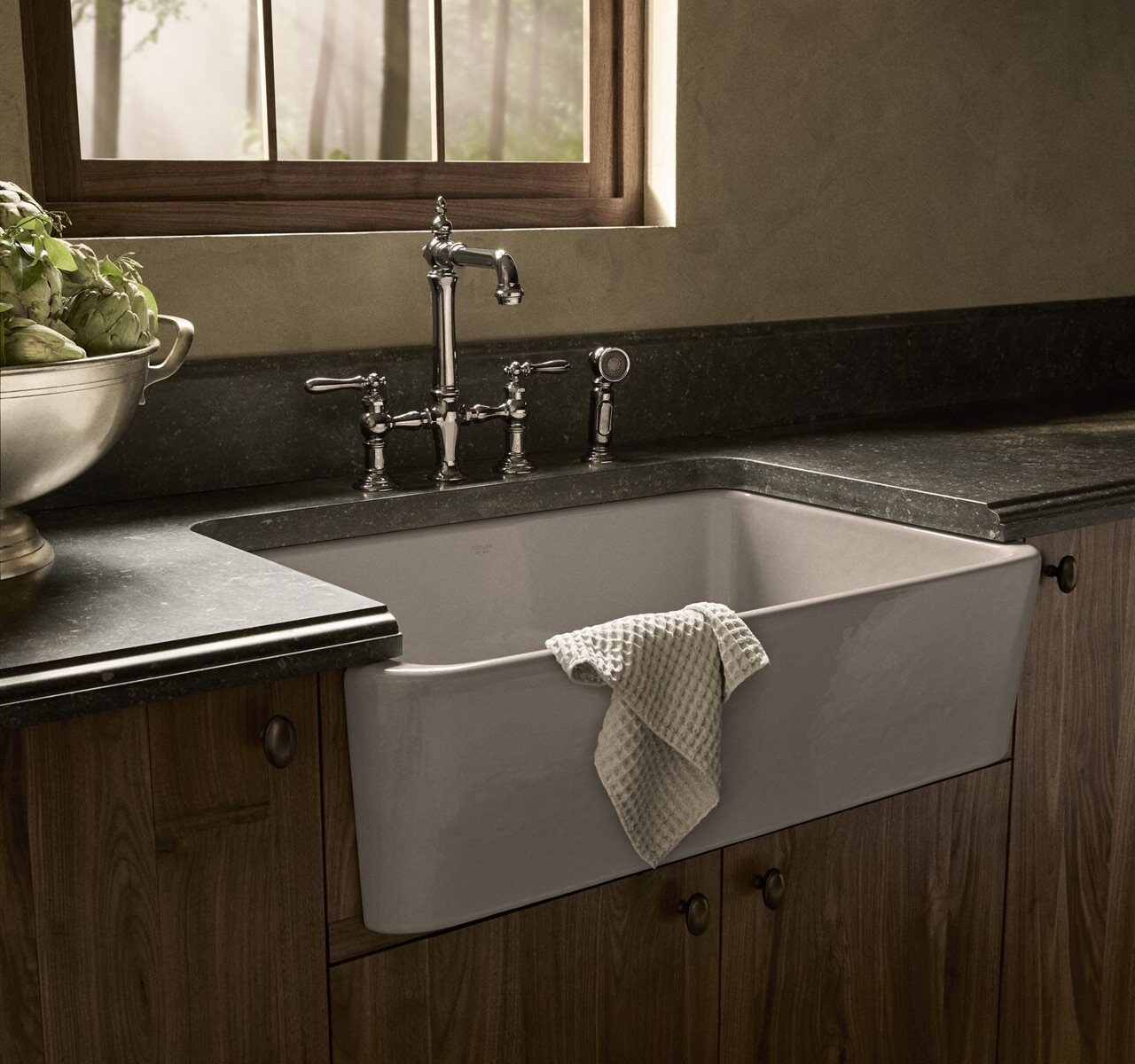2025-12-05T14:01:00
(BPT) – Do you enjoy the outdoor spaces of your home? Rather than just a seasonal escape, your outdoor area can be a year-round oasis that adds life, character and depth to your property. With some strategic updates, it transforms into a daily sanctuary and a go-to hub for entertainment, no matter the time of year.
Embrace your outdoor areas as a true extension of your home in all seasons. With Belgard®, a leading hardscape supplier in North America, you can create beautiful designs that use proprietary, durable products that will stand the test of time:
- Design an outdoor space that works year-round to provide comfort, functionality and flow, every single month.
- Discover an array of products to complement any home, from eye-catching driveways and serene landscapes to stunning patios or yards that beckon you any time of year.
- Revamp your outdoor haven with Belgard’s expert tips and its innovative hardscape products that empower you to unlock the full potential of your space.
- Imagine the possibilities to maximize your outdoor area with strategic use of pavers, modular outdoor kitchen units, mesmerizing fire features and more.
Here’s how you can elevate your year-round outdoor living experience.
Begin with the Right Foundation
Embark on your outdoor transformation by establishing a solid foundation, from the ground up. Choose a durable, well-draining surface to help your patio or walkways withstand everything from summer storms to winter freezes.
Opting for pavers like those in the Belgard permeable paver collection helps to manage water runoff while maintaining a high-end look, which is especially useful in areas with seasonal rain or snow. For high-traffic paths, modular systems like Belgard’s Dimensions™ pavers offer clean lines and long-term durability, no matter the weather.

Imagine Dynamic Activity Zones
Think of your outdoor space the same way you would your home’s interior: Create different areas designed for specific functions, from lively dining and social gatherings to peaceful relaxation and entertainment.
Coordinating hardscape materials helps define your ideal zones while maintaining visual continuity all year. For example, building a dining zone anchored by Belgard’s Artforms™ modular outdoor kitchen system can help provide year-round functionality for family time and entertaining, whether you envision a simple pizza oven or grand outdoor kitchen.
Or, with the inviting glow of a fire feature, you’ll craft a cozy cold-weather destination everyone will enjoy gathering around, with the perfect ambiance for storytelling and fun.
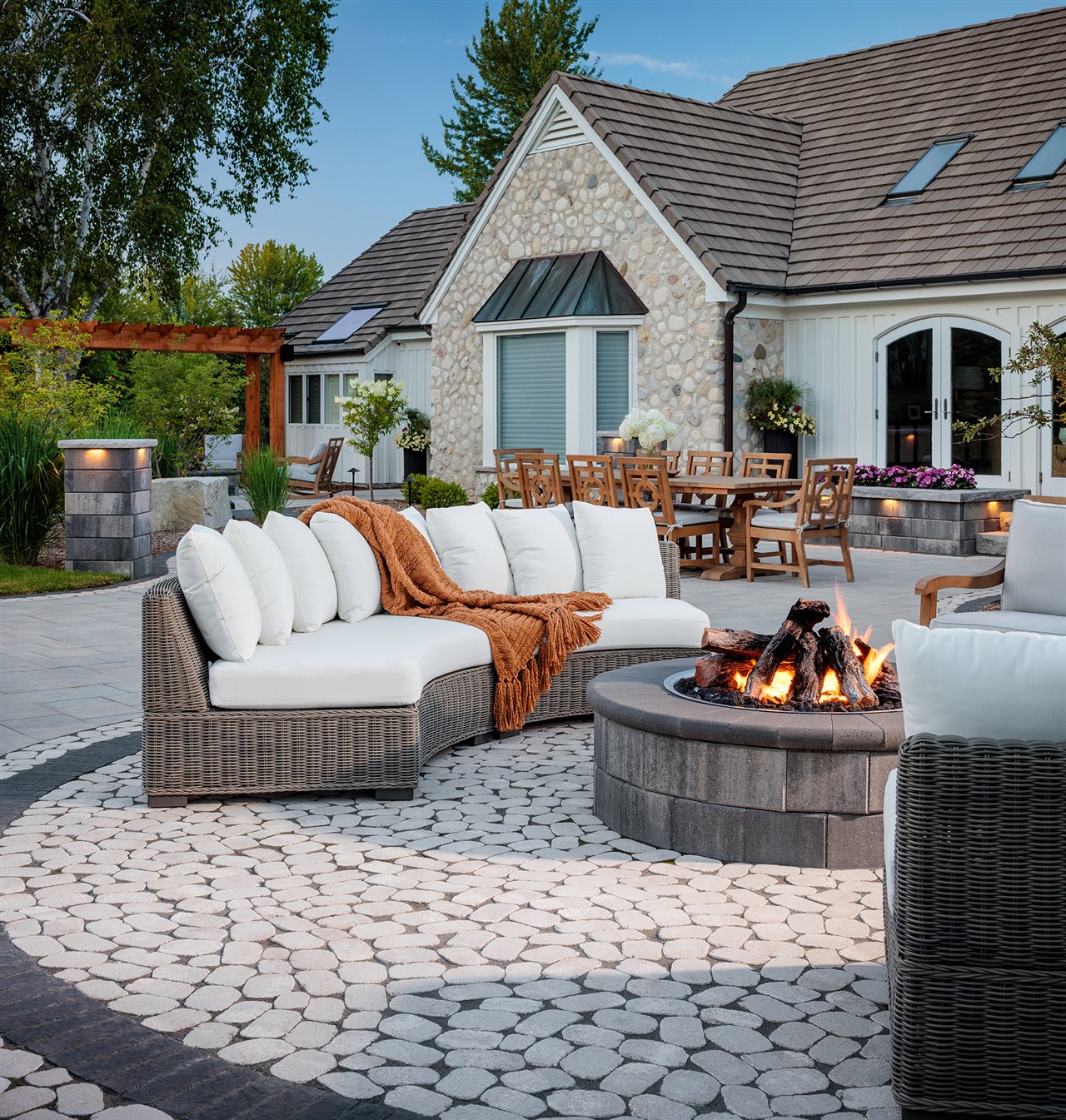
Tailor Your Space to Your Style
The best outdoor spaces forge a connection between your outdoor space and your lifestyle and personality. Belgard’s product lines are designed to be modular and customizable, so whether you’re dreaming of a reading nook, family play area, outdoor spa or full kitchen setup, you can create a space that evolves with your needs, through every season. As you imagine your ideal spaces, consider adding planters, vertical gardens or integrated seating walls to infuse your outdoor realm with texture, function and a touch of individuality.
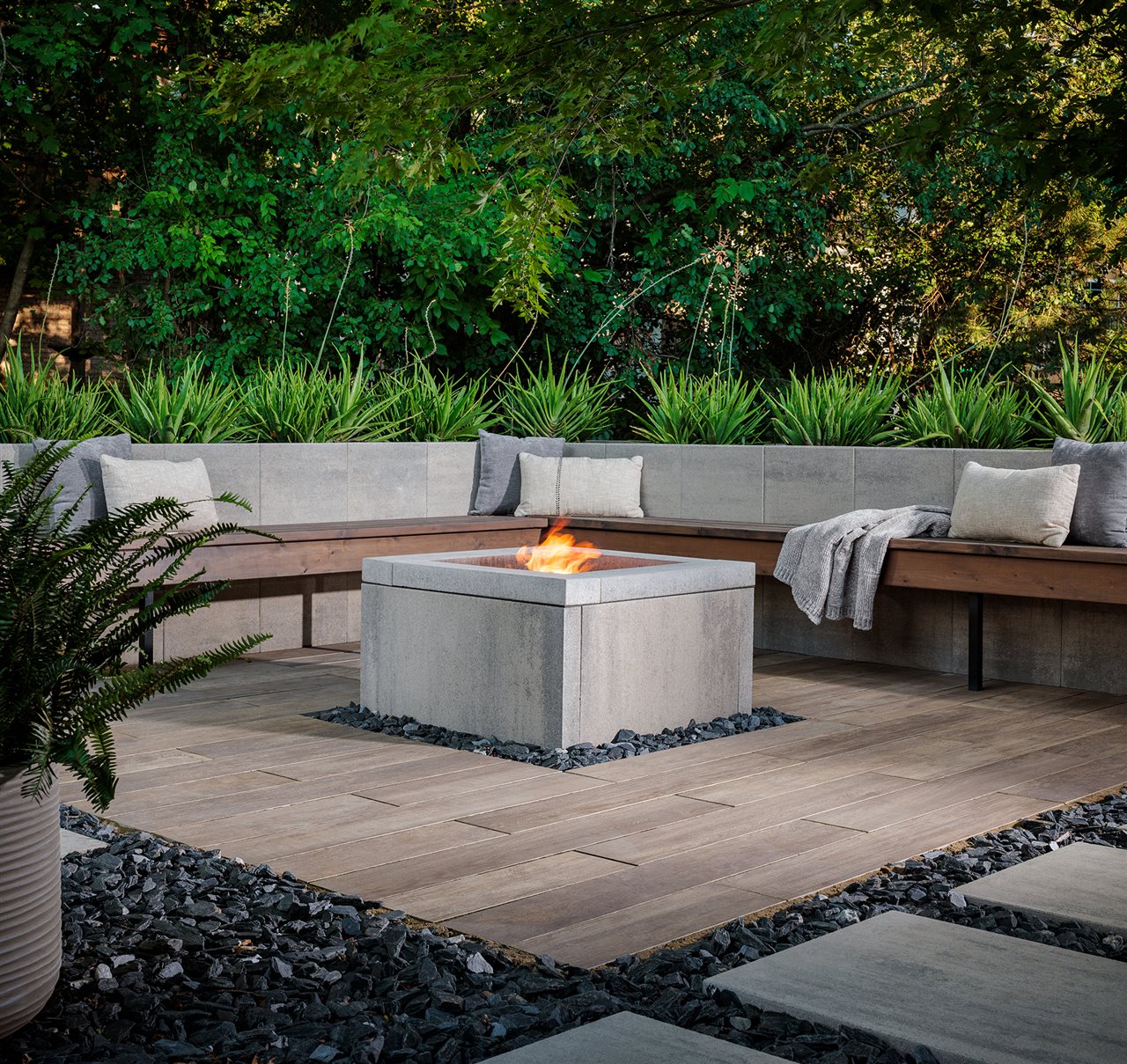
Think Multi-Purpose Shelter
From shielding against harsh sunlight to blocking wind and snow, adding overhead and/or vertical structures can elevate your outdoor experience regardless of the season. Enhance privacy and shelter from the elements with easy-to-install features like retractable solar shades, sun canopies and outdoor curtains.
Pergolas and pavilions can also be designed to complement Belgard’s wall block products to create a seamless transition between built elements. You can also pair vertical features like living walls and privacy screens with built-in seating or planters to help any space feel intentional and well-framed, even during weather transitions.
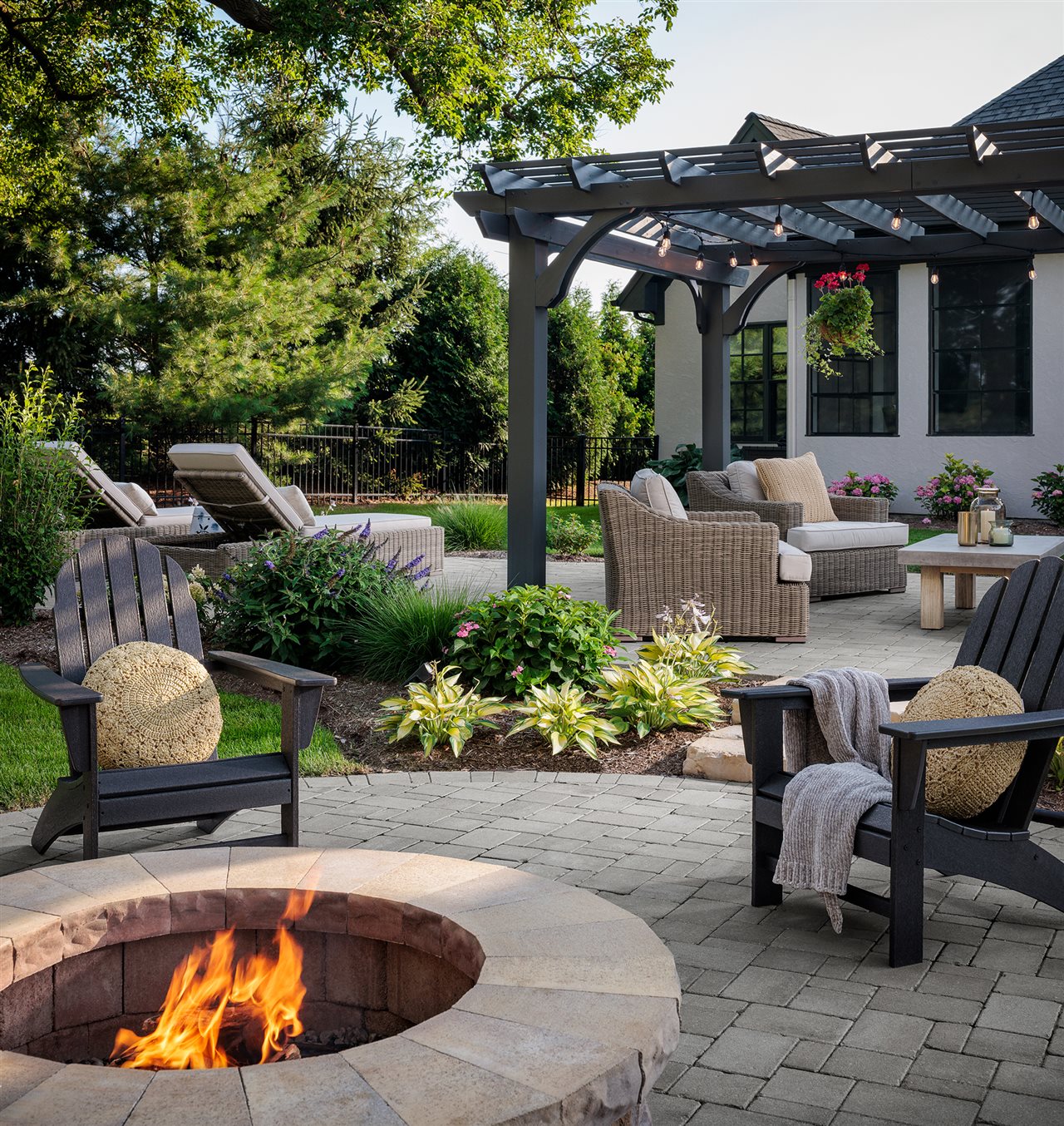
Illuminate Your Nights
Extend the magic of your outdoor sanctuary into the evening hours with an enchanting array of lighting options. Lighting isn’t just about setting the mood; it’s about ensuring your space remains functional, safe and welcoming even during the darkest evenings. Soft, layered lighting transforms your space into a captivating haven, making it feel inviting and usable well into the evening for summer soirees or serene winter evenings. You can combine multiple lighting sources like pillar lights and lanterns, bistro lights and sconces to achieve enchanting layered lighting effects.
Many Belgard hardscape lights can enhance your outdoor lighting design. For example, consider adding under-cap lighting on seat walls or embedded path lights for added safety, security and enhanced ambience.
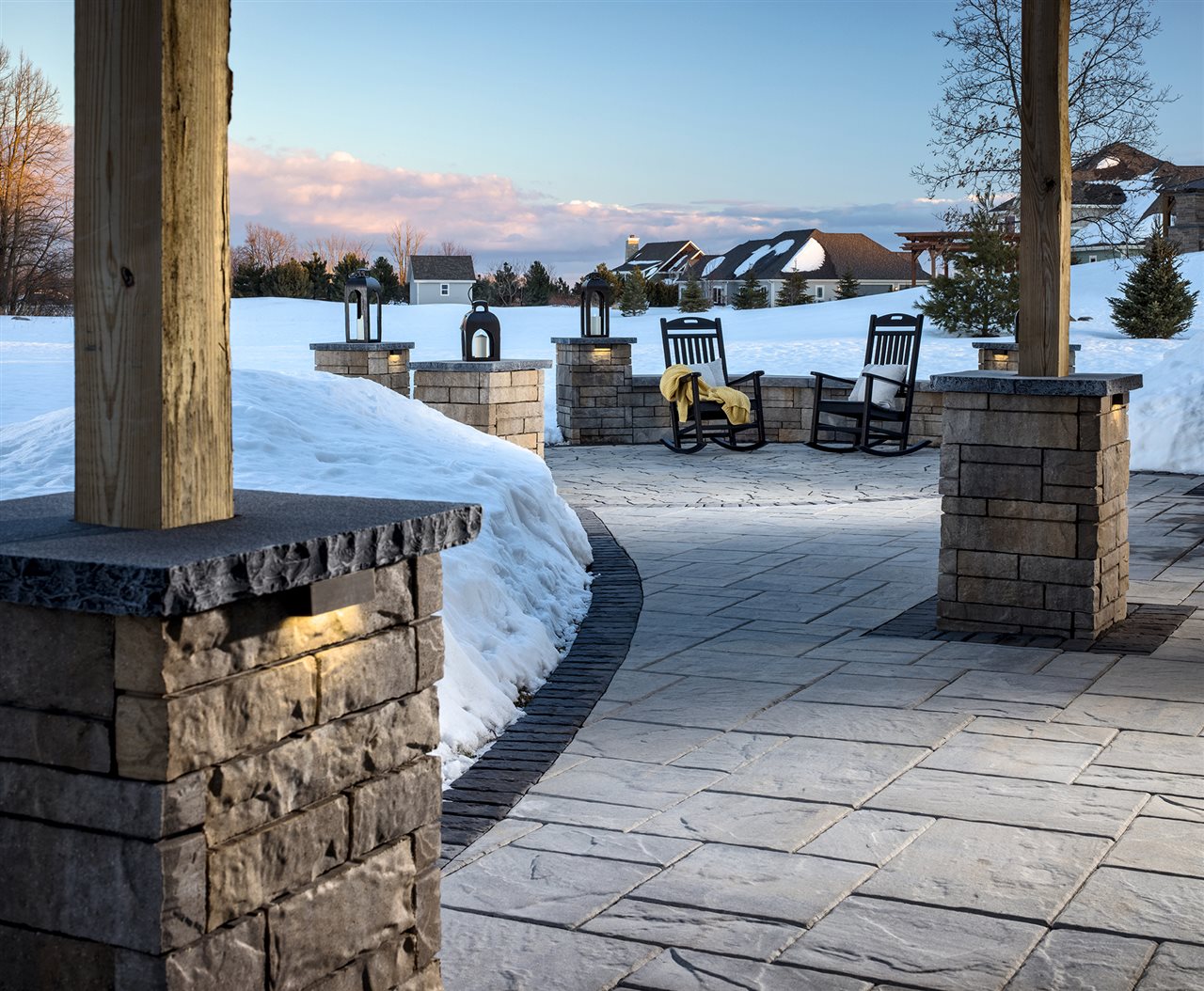
Furnish Beyond Summertime
Invest in outdoor furniture and finishes that are as durable as they are stylish, so they can stand the test of time across all seasons. With Belgard’s diverse range of textures, from rustic tumbled finishes to sleek contemporary surfaces, you can seamlessly tie together your outdoor decor, hardscaping and planting design.
Mix and match warm-toned pavers with neutral cushions for a cozy winter patio with a firepit, or choose light surfaces like Belgard’s porcelain pavers that reflect heat and stay cooler in the summer.

Start your outdoor space transformation by learning how you can turn your outdoor dreams into reality with the Belgard Rooms Planner tool, and browse Belgard.com to spark your inspiration!
